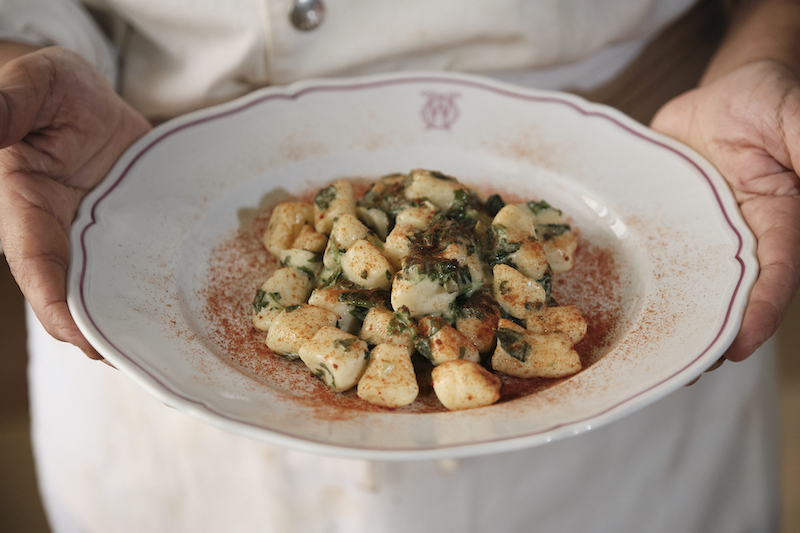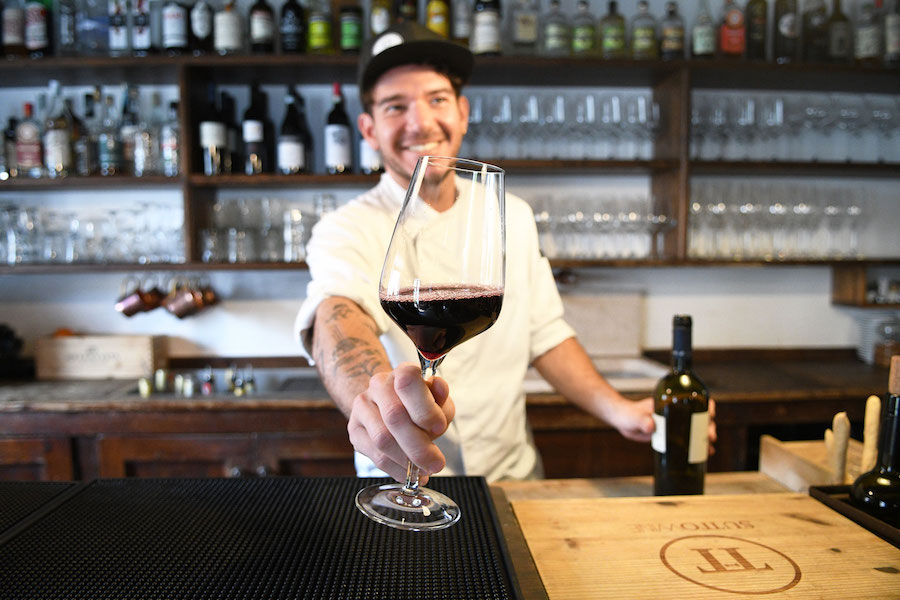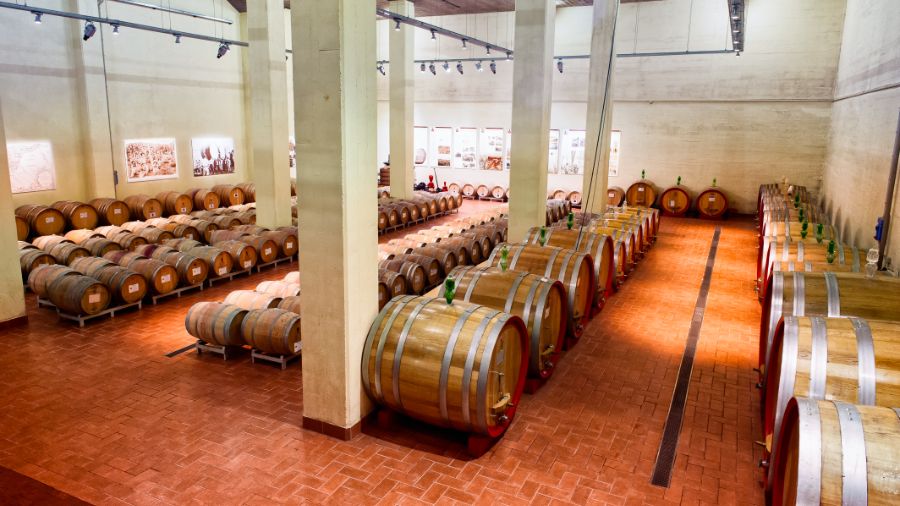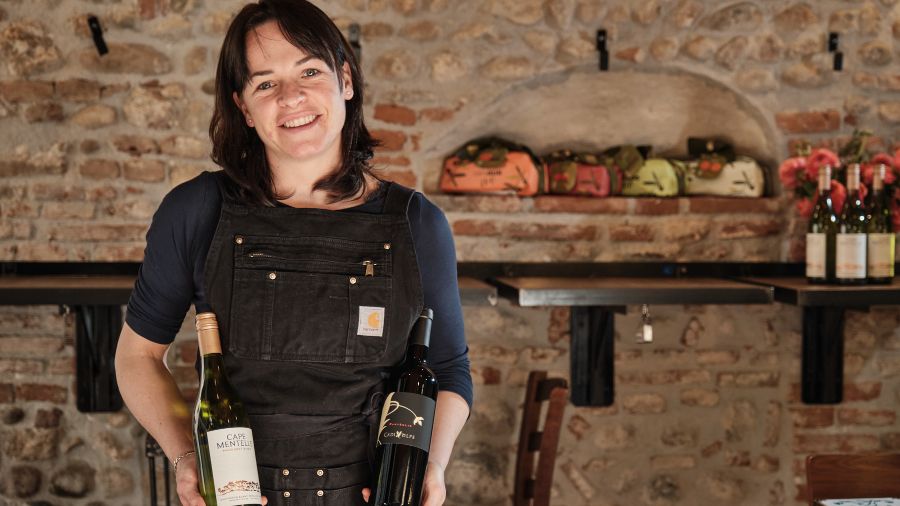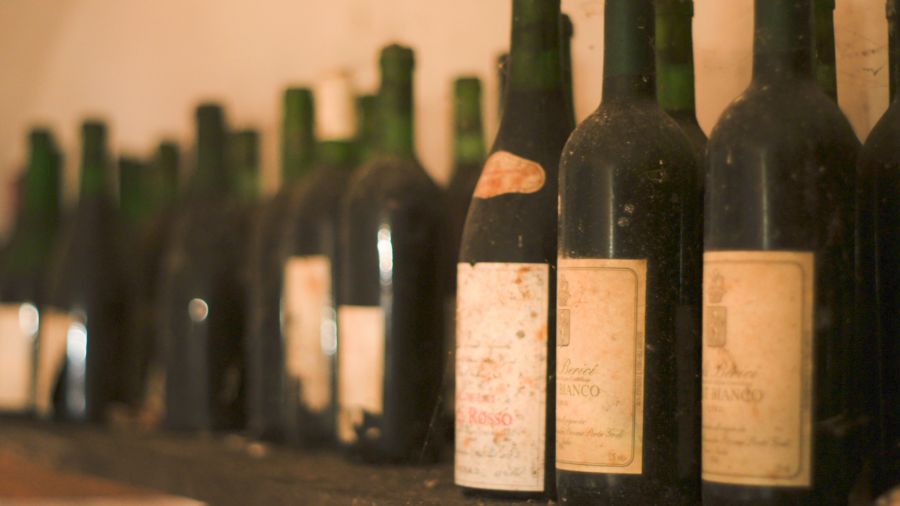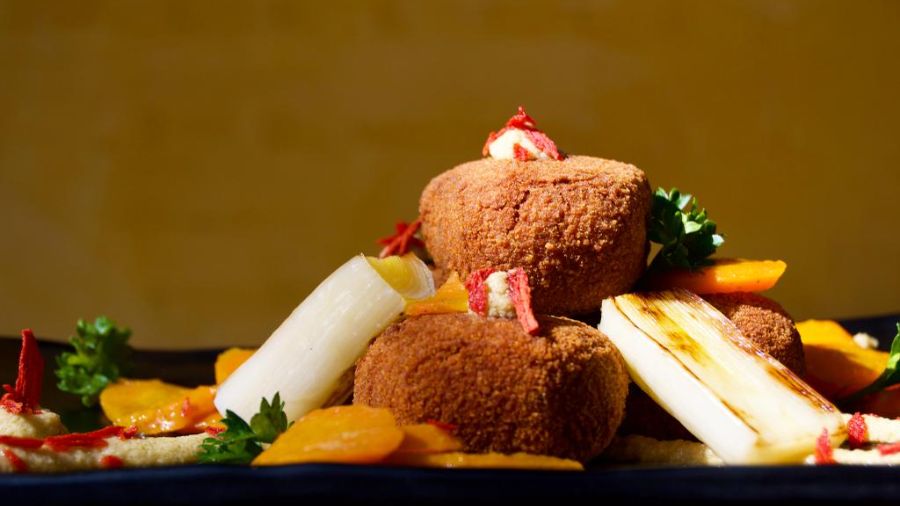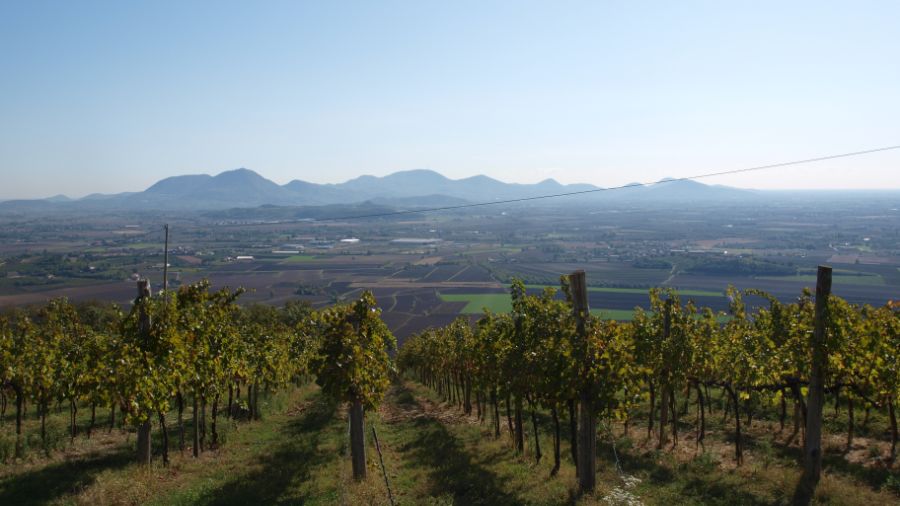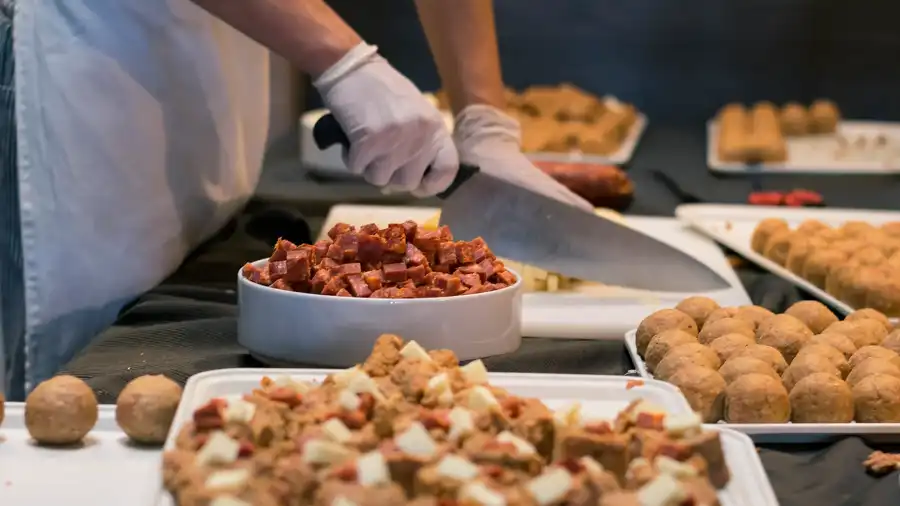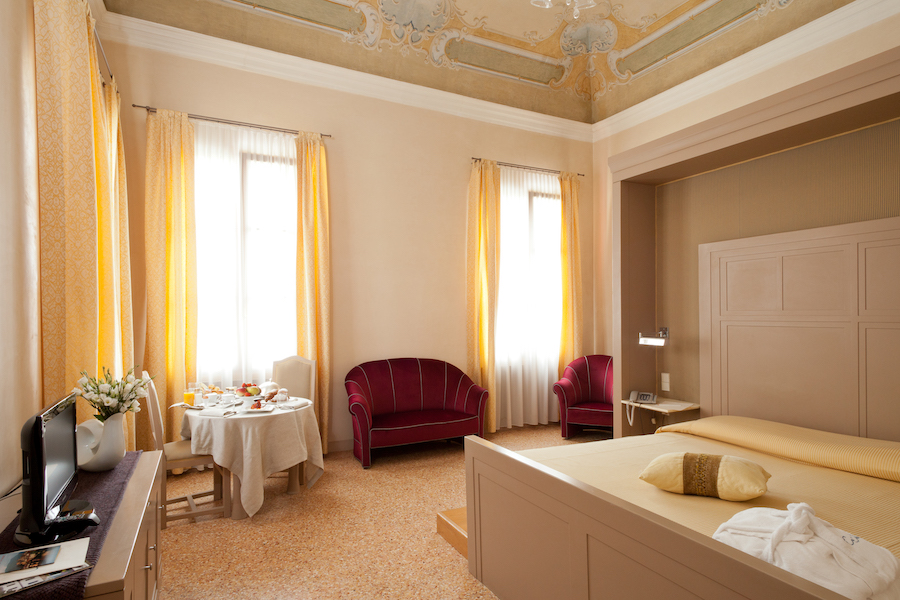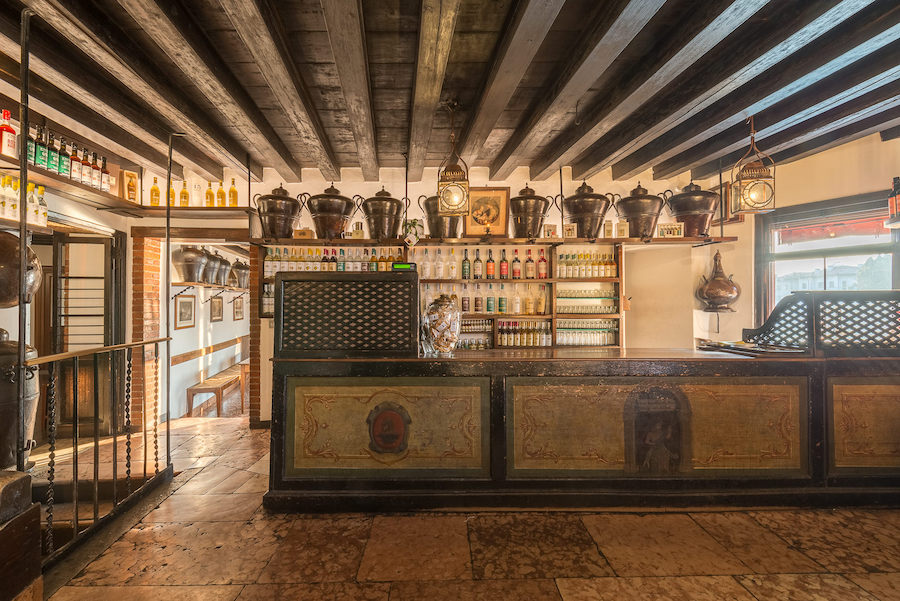Palladian architecture and Venetian cuisine are two main highlights dotting the historical Italian city of Vicenza and its province. As you savor each specialty, you will tuck you into the food and wine landscape of Vicenza towns, one bite at a time. Food is ultimately culture and history!
Asiago Cheese and its plateau sheep pastures
Asiago, is a tasty salty cheese known worldwide. It can be eaten fresh or aged for up to two (or more) years. Just think, this Asiago cheese has a centuries-old history! For over a thousand years it has been produced on the Asiago Plateau, although it probably tasted very different from today. Initially, cheese was made from sheep’s milk. Between the 10th and 15th centuries, sheep farming dominated the green pastures of the Asiago Plateau.
Today, Asiago is made from cow’s milk and boasts a protected designation of origin (Protected Designation of Origin or DOP in Italian) limited to the Alpine area of the municipality of Asiago, in the province of Vicenza. Asiago cheese is aged in dairies located more than 600 meters above sea level, using milk from alpine herds, which is precisely why it has an additional label as a “Mountain Product.”
White Asparagus in Bassano del Grappa, a casual delicacy!
Bassano del Grappa, at the foot of Mount Grappa, boasts a prized asparagus season that runs from April to May. The history of this vegetable, however, is entirely casual. In the 1500s, Bassano was hit by a hailstorm that destroyed the asparagus crop, forcing farmers to harvest the underground part. Tasting the asparagus, whose white color was due to the lack of sunlight, the farmers were surprised to see how tasty and tender it was, and they began to grow it underground from then on. In 1534 we have evidence that asparagus was already seen as a delicacy at banquets.
Tasting asparagus is a tradition in the Venetian cuisine, and every local has a say in the correct way to serve it, with eggs and other dishes. The special color is achieved by harvesting the shoots before they sprout from the ground and have the chance to turn green.
“Baccalà alla Vicentina” in Sandrigo and the Venetian merchant’s story
Perhaps the most famous dish in Venetian cuisine bearing Vicenza’s name is “baccalà alla vicentina”. It is dried stock fish cooked with onions, olive oil, sardines, milk, cheese, and parsley and served with polenta. It is the pride of the city of Vicenza and is also one of those rare recipes whose exact origin is known.
The history of “baccalà alla vicentina” starts from Røst, one of the Lofoten Islands, where, in 1431, Pietro Querini landed. He was a Venetian merchant who survived a terrible shipwreck. During their stay, the crew had the opportunity to learn some of the fishermen customs including the method of preserving cod. Hung outside the houses, exposed to the cold north wind, and left to dry for months: that was the stockfiss. When Querini returned home, he brought a large quantity of cod in the hold of the ship and carried on the tradition. Although it is consumed throughout Italy, it is only in Vicenza and its province that dried salt cod has become a flagship. A local glory so beloved and celebrated that in Sandrigo, in 1987, a Confraternity of Baccalà alla Vicentina was even born. A recipe is offered that is the result of studies and recipe comparisons from the most famous Vicenza restaurants of the 1930s and 1950s.
Marostica Cherries and the live Chess Game
The fame of this fruit dates back to the 1400s and seems to be linked to the historical event of the living chess game, for which Marostica became world-famous. In the year 1454, the castle lord of Marostica decided to organize a chess match instead of a duel to challenge two gentlemen who had fallen in love with his daughter. The winner would marry his favorite, while the loser would marry her sister. On the day of his daughter’s wedding, the castle lord ordered a number of cherry trees to be planted throughout the territory in memory of the happy event. During the Regional Cherry Show which takes place every year in the production area towards the end of May, this event is remembered, with the election of girls who will play the part of the two brides during the representation of this historical event.

